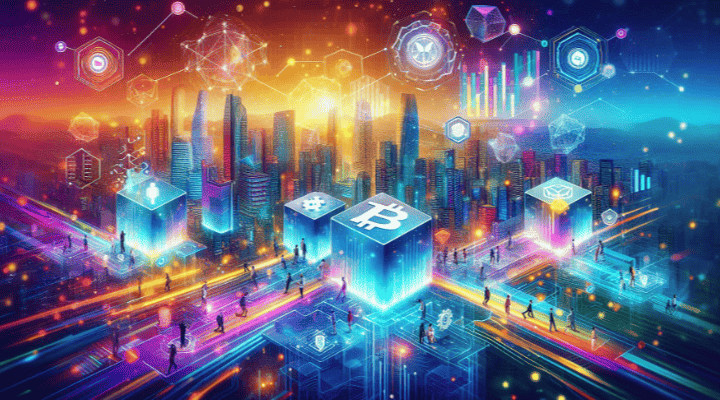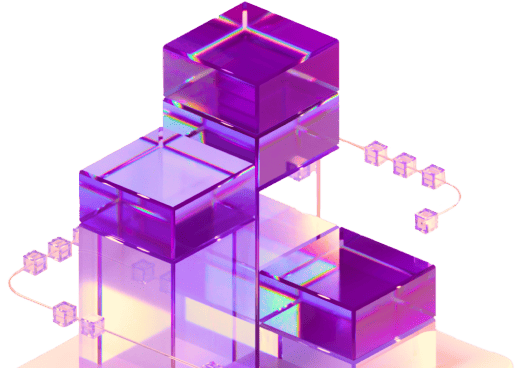The Non-Fungible Token (NFT) market, once booming with skyrocketing sales and widespread adoption, is experiencing a notable decline in trading volume in August 2023. As the excitement surrounding NFTs cools down, there are significant shifts in the market trends, buyer behavior, and platform dynamics that are reshaping the future of digital collectibles. Despite the slowdown, the NFT ecosystem continues to evolve, and both creators and investors are adjusting to these changes.
This article delves into the key factors driving the downturn in the NFT market, examines the latest trends in the space, and explores what the future holds for the NFT industry.
The Decline of NFT Trading Volume: Key Factors
In August 2023, the NFT market witnessed a significant drop in trading volume, continuing the downward trajectory that began earlier in the year. Data from major NFT marketplaces show a 15% reduction in overall trading volume compared to the previous quarter. Here are the main factors contributing to this decline:
-
Market Saturation: The NFT market experienced an explosion of new projects and collections in 2021 and 2022, with creators flooding the space in search of profits. This saturation has resulted in an oversupply of NFTs, leading to reduced demand for many projects. While some high-profile NFT collections continue to perform well, many lesser-known or poorly executed projects are seeing their sales decline rapidly.
-
Speculative Market Behavior: The early success of NFTs, fueled by speculative trading, attracted a large number of investors who were hoping for quick profits. However, as the hype surrounding NFTs fades, the speculative bubble is bursting. With fewer short-term profit opportunities available, many traders are exiting the market, which is contributing to the decrease in trading volume.
-
Economic Uncertainty: The broader macroeconomic environment is also playing a role in the NFT market’s slowdown. Rising inflation, global supply chain issues, and concerns over the future of cryptocurrencies have led to caution among investors. As disposable income becomes more limited, many are prioritizing traditional investments over speculative assets like NFTs.
-
Regulatory Scrutiny: The increasing attention from regulators around the world is having a profound effect on the NFT market. Governments and financial authorities are exploring how NFTs fit into existing legal frameworks, and in some cases, are considering implementing stricter rules to address potential risks related to intellectual property, taxation, and money laundering. This uncertainty has created a level of hesitancy among both creators and investors.
-
Environmental Concerns: There is growing concern about the environmental impact of blockchain networks that power NFTs, particularly those built on energy-intensive Proof of Work (PoW) systems. This issue has prompted many buyers and creators to reconsider their participation in the NFT market, as environmental awareness continues to rise.
Evolving Market Trends and Shifts in Consumer Behavior
Despite the decline in trading volume, several notable trends are emerging in the NFT space. These trends indicate that while the market may have cooled, it is far from disappearing. Here are some key shifts in consumer behavior and market dynamics:
-
Utility-Driven NFTs: As the speculative hype fades, the demand for utility-driven NFTs is on the rise. NFTs that offer real-world benefits or integrate with other blockchain-based applications are becoming more popular. These include NFTs used for access to exclusive content, digital experiences, and even physical goods. The rise of “NFT tickets” for concerts and events is one example of how NFTs are moving beyond digital art and collectibles.
-
Gaming and Metaverse Integration: The intersection of NFTs with gaming and the metaverse is one of the most promising areas for future growth. As more blockchain-based games incorporate NFTs for in-game assets and rewards, the value of NFTs tied to gaming platforms has surged. Virtual real estate in the metaverse, powered by NFTs, is also gaining attention as a potentially lucrative market.
-
Fractionalization of NFTs: In an effort to make high-value NFTs more accessible to a wider audience, fractionalization is becoming a popular trend. Fractional NFTs allow investors to own a portion of a high-priced NFT, such as rare digital art or limited-edition collectibles. This move democratizes access to premium assets and lowers the entry barriers for new participants.
-
Art and Collectibles: While the speculative frenzy around NFTs has cooled, digital art and collectibles remain key components of the NFT market. The growing recognition of NFTs as a legitimate form of art is paving the way for greater acceptance of NFTs in galleries, museums, and traditional art markets. Major artists, brands, and cultural institutions are continuing to experiment with NFTs as a means of reaching new audiences and creating innovative art experiences.
-
NFT Integration with Traditional Industries: NFTs are increasingly being integrated into traditional industries such as fashion, music, and entertainment. Brands and celebrities are exploring the potential of NFTs for fan engagement, exclusive merchandise, and brand loyalty programs. This trend is helping bridge the gap between the traditional and digital worlds, ensuring that NFTs remain relevant to mainstream consumers.
What’s Next for the NFT Market?
While the NFT market faces a downturn in trading volume, its future remains bright due to the fundamental value it offers in areas like ownership, provenance, and authenticity. As the industry matures, the focus is shifting from speculative trading to long-term use cases that provide real utility to consumers.
-
Regulatory Clarity: As regulatory frameworks for NFTs continue to evolve, clarity on legal issues will help create a more stable environment for both creators and investors. This will likely lead to greater institutional involvement in the market and enhanced legitimacy for NFTs as a form of asset ownership.
-
Technological Advancements: The underlying technology behind NFTs, such as blockchain scalability and energy-efficient consensus mechanisms, is constantly improving. These advancements will make NFTs more accessible and sustainable, which could help reinvigorate the market.
-
Global Adoption of NFTs: As blockchain technology becomes more widely adopted across various sectors, NFTs will continue to find new use cases and applications. The integration of NFTs into decentralized finance (DeFi), supply chain management, and intellectual property protection will likely play a significant role in the future expansion of the market.
-
NFT-Backed Financial Products: Another potential avenue for growth is the development of NFT-backed financial products, such as NFTs used as collateral for loans or investments. This could open up new possibilities for investors looking to leverage their NFT holdings to generate income or access capital.
Conclusion
The NFT market is going through a period of transformation, with trading volume declines reflecting broader changes in market dynamics. While the days of rapid speculation and huge sales numbers may be behind us, the industry is finding its footing through utility-driven projects, integration with traditional industries, and ongoing technological advancements. As the market matures, it is likely that NFTs will continue to evolve into a critical component of the digital economy, with new use cases emerging across multiple sectors.

 English
English
 Deutch
Deutch
 Espanol
Espanol
 Francais
Francais
 Portugues
Portugues
 日本
日本
 한국인
한국인
 Türk
Türk
 Русский
Русский
 Tiếng Việt
Tiếng Việt

